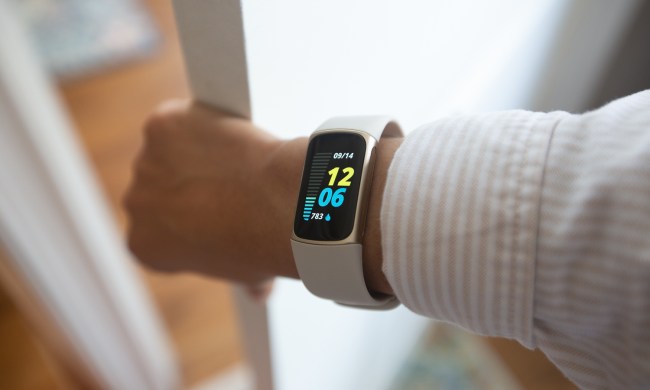
Google is about to begin deleting inactive Google accounts, which could mean you’re about to lose photos, documents, and other data that you actually want to keep.
The good news is that there’s a way you can safely hold onto everything, but you’ll need to take action this week to be sure.
First, let’s take a step back to remind ourselves exactly what’s happening here.
Earlier this year, Google announced that from December 1, 2023, it would begin deleting accounts that haven’t been signed into for two years.
The action is part of broader measures to bolster online security. Google said that an account that hasn’t been used for an extended period of time is much more likely to be compromised, giving hackers access to your personal data, as well as enabling them to potentially steal your identity and target you in scams. The policy only applies to personal Google accounts and does not impact Google accounts for schools and businesses.
As part of the purge, inactive accounts and all personal information and data linked to the accounts will be erased, including Gmail messages, Calendar events, Drive, Docs, other Workspace files, and Google Photos backups.
How to keep your account
If you have a Google account that you want to keep and it’s at risk of deletion because it’s been a long time since you last logged into it, there are steps you can take to save the account and the data that it contains.
The simple way to retain your Google account is by signing into it- or any associated Google services like YouTube and Gmail- right now.
With at least one sign-in every two years, your Google account will be considered active and will not be deleted.
With security at the heart of the purge, and Google pointing out that abandoned accounts are at least 10 times less likely than active accounts to have 2-step-verification enabled, the advice is to set up 2-step-verification on your Google account (and on all your other accounts, for that matter) to make it harder to hack.


